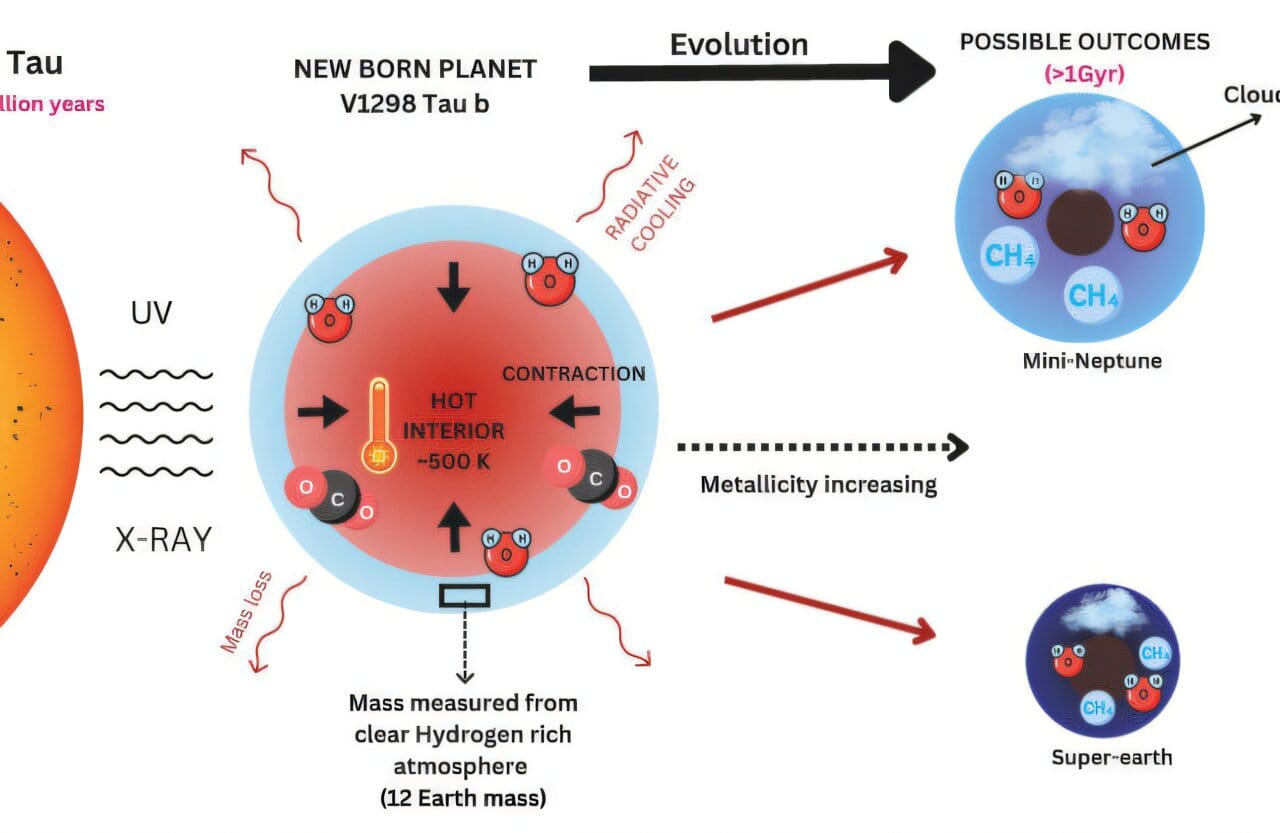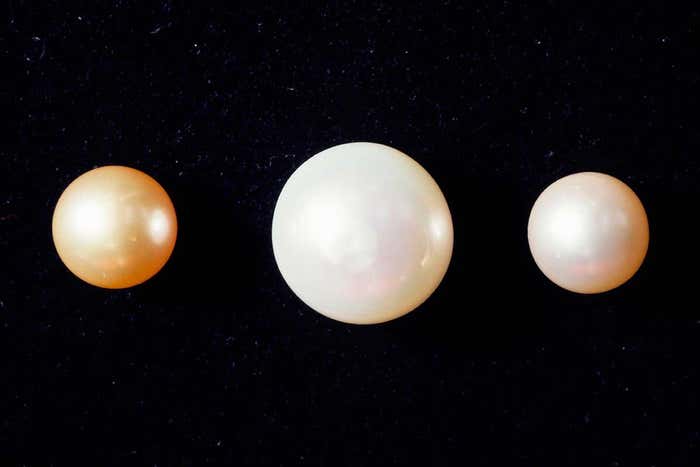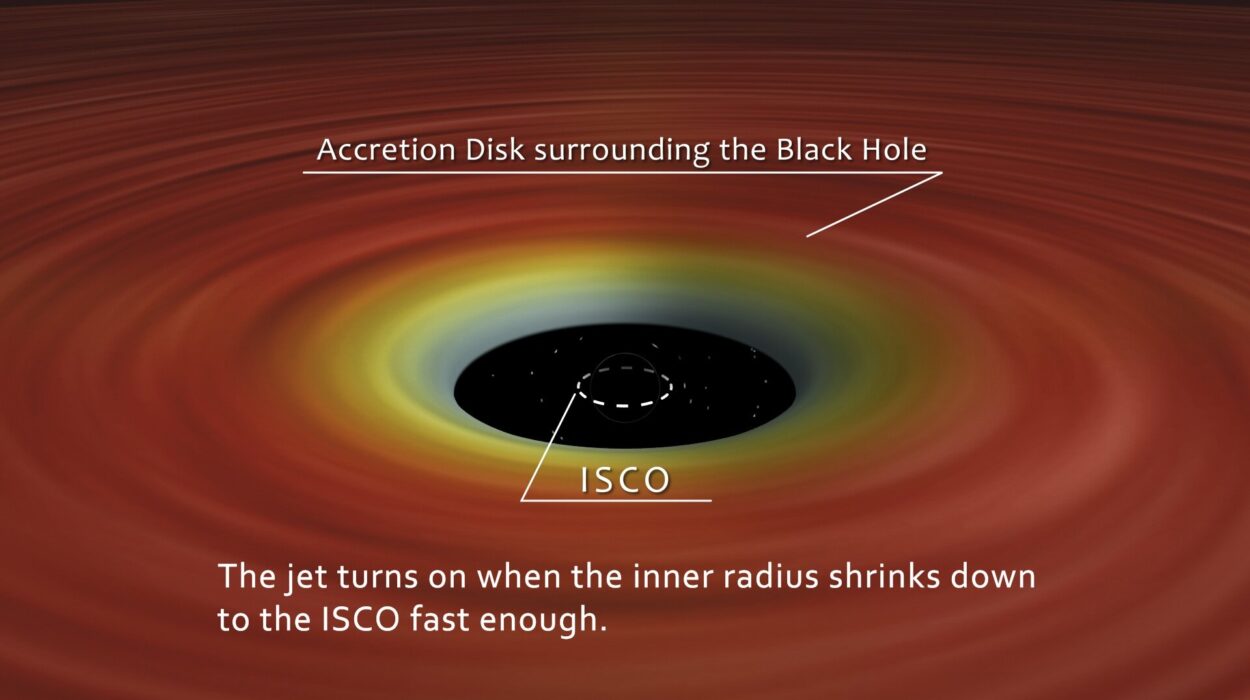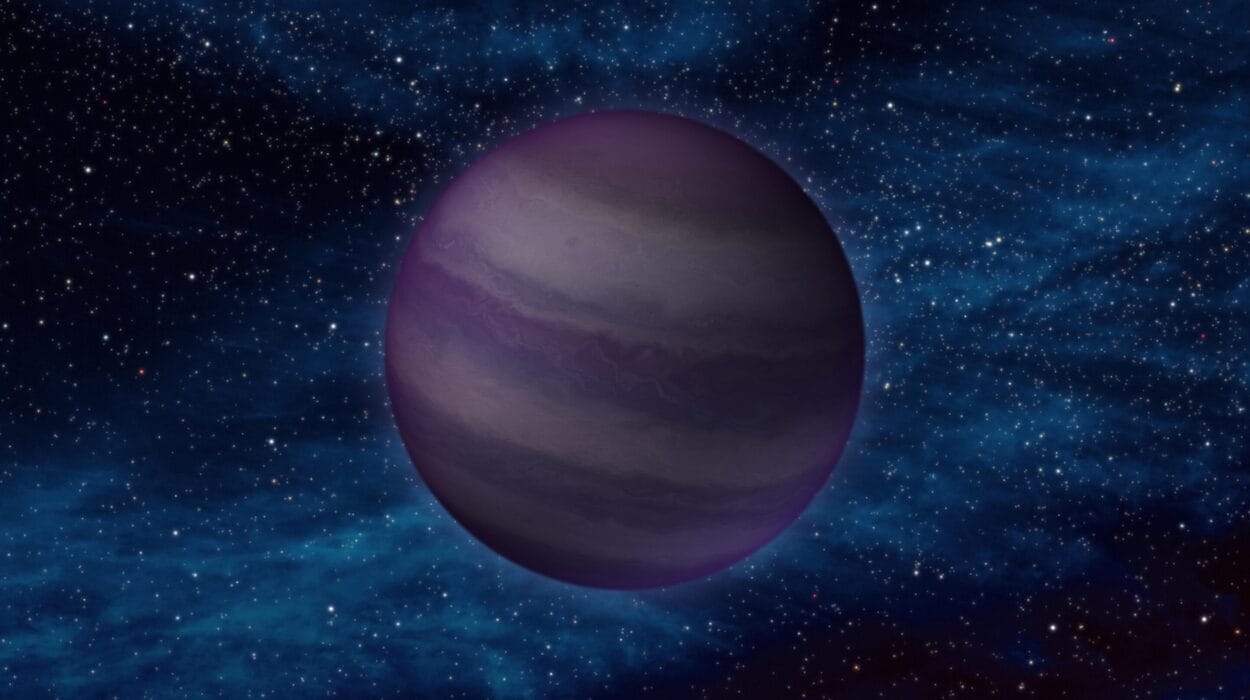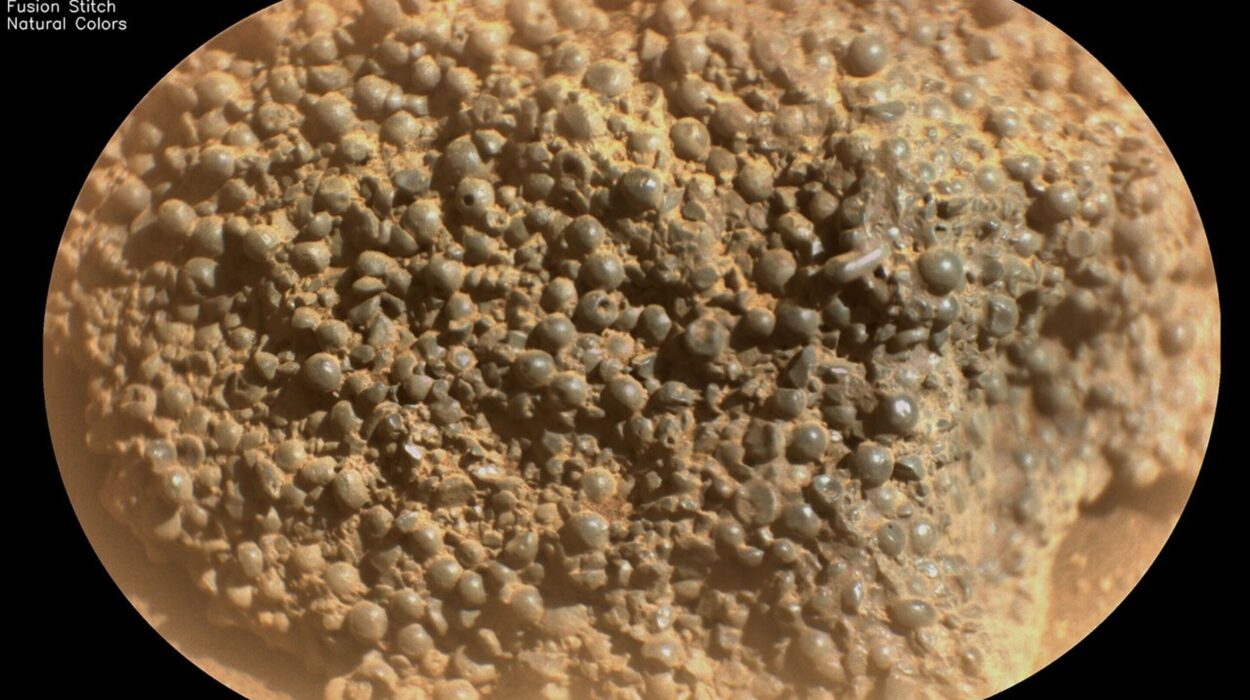In a young corner of our galaxy, amidst the still-burning debris of creation, a planet circles its star like a glowing ember freshly born from the fires of formation. This world—V1298 Tau b—is no ordinary exoplanet. It is just 20 million years old, a blink in the cosmic timeline, still pulsating with the energy of its birth. And now, for the first time, astronomers have peeled back the layers of its atmosphere, not with guesswork or indirect estimates, but with the powerful eyes of the James Webb Space Telescope (JWST).
This planet, inflated like a balloon and unusually clear in its gaseous envelope, has startled scientists with its contradictions. It is heavy with water vapor yet poor in heavier elements. It radiates internal heat like a forge yet holds less methane than expected. It is a mystery still unfolding—a rare look at a planet in its planetary adolescence, caught in the act of becoming something else entirely.
A Telescope with Eyes Like No Other
It took the world’s most advanced infrared observatory, the JWST, to study this delicate world in such detail. The team, led by Saugata Barat of the Massachusetts Institute of Technology and his Ph.D. advisor Jean-Michel Désert of the University of Amsterdam, embarked on a mission to catch V1298 Tau b during one of its transits—when it crosses in front of its star and starlight filters through its atmosphere.
From that filtering light, the JWST extracted secrets: the absorption lines of water vapor, carbon dioxide, carbon monoxide, and methane. But the spectrum didn’t stop there. Hints of sulfur dioxide and carbonyl sulfide flickered into view—signatures of photochemical processes, the kind that transform planetary atmospheres and hint at the invisible alchemy of ultraviolet radiation sculpting molecules in midair.
When these findings were compared with previous Hubble Space Telescope data, the leap in clarity and depth was like moving from a charcoal sketch to an oil painting. Molecules that had once danced just out of reach came sharply into focus.
A Planet Lighter in Metals, But Heavy with Implications
One of the most startling findings was the planet’s atmospheric composition—specifically, how metal-poor it is. Metals in astronomical terms include all elements heavier than hydrogen and helium, and in sub-Neptunes, we usually expect them in abundance. These elements, especially carbon, oxygen, and sulfur compounds, are supposed to accumulate over time, either through accretion of dust or bombardment by icy planetesimals.
But V1298 Tau b defies this trend. Its atmosphere is estimated to be up to 100 times less enriched in metals than what is typically seen in older sub-Neptune exoplanets. This suggests a snapshot of a world still forming its chemical identity. It hasn’t yet undergone the full set of cosmic events—accretion, cooling, and chemical settling—that would transform it into a mature planet. It is, in essence, an atmosphere caught mid-sentence in the story of planetary evolution.
This impoverishment of metals also hints at structural differences deep within the planet. It raises the possibility that its atmosphere isn’t well mixed, and that metallic elements may be hiding in deeper layers—just as they are believed to be within the giant planets of our own solar system. The vertical gradient in chemical composition could explain both the low metallicity seen in the upper atmosphere and the unusually high levels of heat radiating from its interior.
Methane’s Mysterious Absence and a Planet Still Burning
Methane was expected. After all, in cool sub-Neptune atmospheres, methane should be present in detectable quantities. But in V1298 Tau b, it’s nearly absent. The void is not just surprising—it’s telling.
The lack of methane is likely due to vertical mixing and extreme internal heat. The planet is still inflated from its formation, and the high temperatures prevent methane from forming in stable quantities. Instead, it may be converted into carbon monoxide and other molecules, shifting the planet’s chemical equilibrium.
This heat also poses a challenge to existing models. Sub-Neptunes should cool quickly after formation, contracting as their internal energy radiates into space. But V1298 Tau b appears to be holding onto its heat far longer than models predict. Either our understanding of planetary cooling is incomplete, or something about this world—its opacity, its core structure, its internal energy transport—is different.
These unexpected findings force scientists to re-evaluate assumptions about how planets like this form and evolve. The “hot start” scenario for gas giants may extend further into sub-Neptune territory than previously imagined.
Atmospheric Alchemy and the First Glimpse of Photochemistry
Perhaps the most poetic discovery from the JWST’s spectrograph is the hint of atmospheric chemistry driven by starlight—photochemistry.
Photochemistry is the process by which radiation from a star breaks apart molecules and reassembles them into new compounds. It’s the source of smog on Earth, haze on Titan, and potentially even prebiotic chemistry on young worlds. In V1298 Tau b, astronomers observed tentative signs of sulfur dioxide (SO₂) and carbonyl sulfide (OCS)—compounds not easily explained by equilibrium chemistry alone.
These molecules could be the byproducts of high-energy ultraviolet radiation interacting with sulfur-bearing gases. If confirmed, they would mark some of the earliest known evidence of such complex chemistry in a young exoplanetary atmosphere.
This opens the door to new questions: How common is photochemistry on young worlds? Does it influence the development of atmospheric hazes or clouds? Could it seed the ingredients for more complex molecules, even ones important to life?
Mass Without Motion: A New Way to Weigh a Planet
Until now, astronomers have relied heavily on radial velocity measurements to determine the mass of exoplanets. By measuring the tiny wobble of a star caused by the gravitational pull of its planet, they can estimate how much mass the planet must have. But this method fails with young stars like V1298 Tau. Their surfaces boil with magnetic activity—flares, spots, and convection—all of which mimic or obscure the star’s natural motion.
The solution came through the atmosphere itself. Using detailed spectral features and the planet’s transmission spectrum, Barat and his team managed to determine the planet’s mass with unprecedented precision—not by watching it tug on its star, but by measuring how gravity shaped its atmospheric profile. The puffy, low-density nature of the atmosphere allowed them to model its mass directly from its structure and temperature.
This approach represents a turning point. For the first time, astronomers have bypassed the turbulent surface of a young star and found a stable path to planetary mass through its own atmospheric chemistry.
A Laboratory for Planetary Evolution
V1298 Tau b is not just a fascinating world in its own right—it is a laboratory, a time capsule, a stepping stone. The fact that its atmosphere is unusually clear means that starlight passes through it with little interference, offering a rare window into the raw processes of planetary formation. Most planets of this size have cloudy or hazy atmospheres that block or scatter light. But here, the signal is pristine.
This clarity allows scientists to tease out subtle signals, building a chemical and thermal profile of the planet with exquisite detail. It also makes V1298 Tau b an ideal target for comparative studies—especially as part of a broader program now launching with JWST.
Barat, Désert, and their collaborators are co-investigators in a new JWST Cycle 3 survey, targeting seven transiting exoplanets aged between 20 and 200 million years. These worlds will allow researchers to track how atmospheric composition, structure, and heat signatures evolve with time.
Caught in the Act of Becoming
The discoveries from V1298 Tau b are both profound and deeply human. For all its chemistry and gravity and radiation, this planet tells a story that echoes our own. It is young, unshaped, radiating with the energy of potential. It has not yet settled into its final form. Its atmosphere is a place of change, not stasis.
We have long wondered what happens in the first moments after planetary birth. How do infant worlds shape their identities? How long does the fire of formation burn? What chemistry emerges in the chaos of youth?
V1298 Tau b answers not with certainty, but with possibility. It tells us that planets, like stars, like people, go through phases. And that in the right light, and with the right tools, we can witness those phases not in retrospect, but in real time.
A Future Written in Starlight
In the long arc of human curiosity, this moment marks a profound shift. We are no longer just cataloging distant worlds. We are entering their atmospheres, sampling their winds, mapping their heat, and reading their chemical scripts.
V1298 Tau b is not just a point of light. It is a story in motion—a planet still learning what it means to be a planet.
And with each new world we explore, the universe leans a little closer, whispering its secrets into the instruments we’ve built from dreams and equations, letting us—just for a moment—stand at the threshold between knowledge and wonder.
Reference: Saugata Barat et al, A metal-poor atmosphere with a hot interior for a young sub-Neptune progenitor: JWST/NIRSpec transmission spectrum of V1298 Tau b, arXiv (2025). DOI: 10.48550/arxiv.2507.08837
